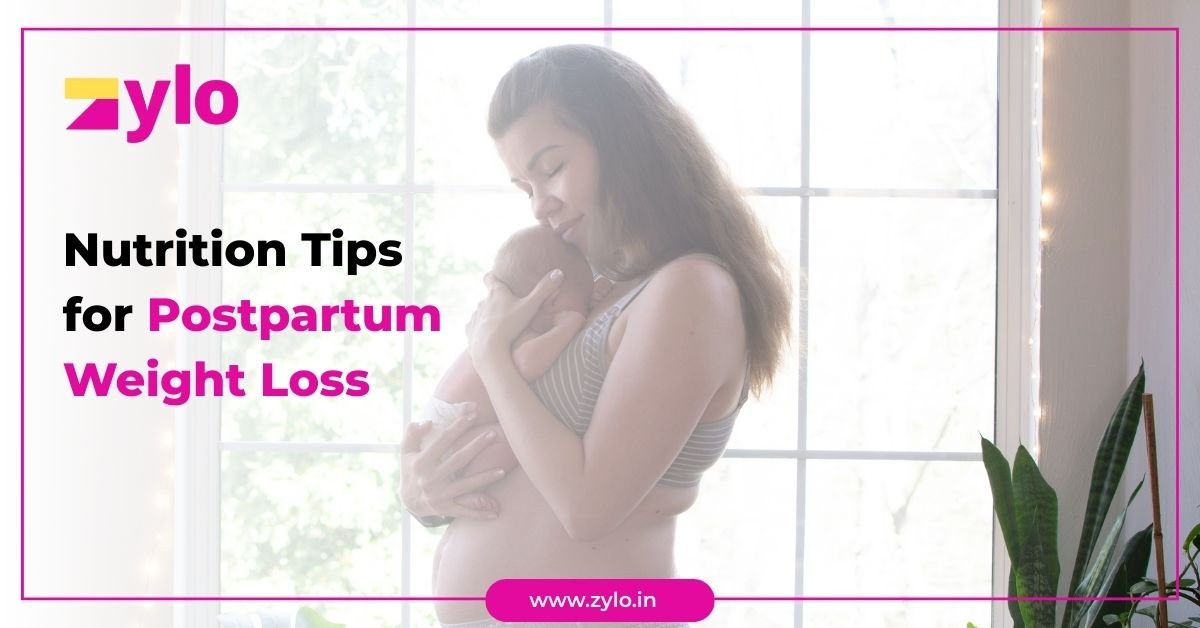The postpartum period is a transformative time, full of both joy and new challenges. Among the most common concerns for new mothers is shedding pregnancy weight safely and effectively. Nutrition plays an essential role not just in recovery and energy restoration but also in achieving sustainable weight loss for women who’ve recently given birth. Understanding how to lose weight after pregnancy means focusing on health, balance, and patience, rather than restrictive diets or rapid fixes.
The Unique Nutritional Needs of New Mothers
Postpartum nutrition is unlike any other stage. Your body is recovering from childbirth, possibly producing breast milk, and coping with hormonal changes. So, it’s critical to embrace a nutrition strategy that supports healing, keeps your energy levels high, and provides quality nutrients for both you and your baby.
- Caloric needs: If breastfeeding, most mothers require an extra 400–500 calories daily. However, these should come from nutrient-rich foods, not empty-calorie snacks or sugary treats.
- Hydration: Water requirements also rise, especially for breastfeeding moms. Staying hydrated can help with digestion, milk production, and even reduce unnecessary snacking.
Foundation of a Healthy Postpartum Diet
Prioritize Whole Foods
Weight Loss For Women is best achieved by embracing a variety of whole, minimally-processed foods:
- Fresh fruits and vegetables for vitamins, minerals, antioxidants, and fiber.
- Whole grains like brown rice, millets, oats, and whole wheat for sustainable energy and satiety.
- Lean proteins such as fish, chicken, eggs, beans, lentils, and dairy.
- Healthy fats from nuts, seeds, avocado, olives, and mustard/canola oils.
These foods support recovery, feed your metabolism, and can help with gradual, healthy weight loss.
Fiber and Protein Are Your Friends
Eating sufficient fiber helps regulate digestion and prevents postpartum constipation. Add a variety of legumes, pulses, whole grains, and green leafy vegetables. For protein, aim to include a source in every meal—this promotes satiety, muscle repair, and stable blood sugar, all of which are vital in any approach to “how to lose weight” safely for women after childbirth.
Diverge From “Diet” Culture
Avoid crash diets, severe calorie restriction, and trendy eating patterns that may deprive you of nutrients or impact your milk supply. Instead, focus on meals that nourish and satisfy. Small, frequent meals—rather than three large ones—help sustain energy, stabilize blood sugar, and prevent overeating.
Practical Nutrition Tips for Postpartum Weight Loss
1. Stay Hydrated
Water is essential for metabolism, milk production, and appetite control. Drink 8–12 cups throughout the day, or more if you’re breastfeeding or feel thirsty. You may also enjoy herbal teas, coconut water, or buttermilk—just avoid sugar-laden drinks and excessive fruit juice.
2. Emphasize Balanced Meals
Build meals with a balance of macros:
- Half your plate: Non-starchy vegetables and some fruit.
- One quarter: Whole grains
- One quarter: Lean protein
- Add a small portion of healthy fats (like a drizzle of olive oil or a few nuts).
Balanced meals promote fullness, stable energy, and assist in a gradual calorie deficit needed for fat loss.
3. Opt for High-Volume, Nutrient-Dense Foods
When tackling Weight Loss For Women in the postpartum period, high-volume, low-calorie foods are a game-changer. Salads, soups, fresh fruits, and roasted vegetables allow you to eat satisfying portions without excess calories and provide the fiber, vitamins, and water your body craves.
4. Healthy Snacking
Snacks are important, especially when you have erratic routines. Choose options like yogurt with fruit, veggie sticks with hummus, nuts, boiled eggs, or roasted chickpeas. These keep you fueled and prevent the blood sugar dips that trigger cravings for processed foods.
5. Mindful Eating
Slow down, enjoy your food, and listen to your body’s hunger cues. Avoid distractions like the TV or phone at mealtimes. Eating attentively not only improves digestion but helps prevent overeating and emotional eating—a key challenge in how to lose weight as a new mom.
6. Smart Cooking Methods
Steaming, grilling, roasting, or sautéing with minimal oil retains nutrients and flavor while reducing excessive fat intake. Trim visible fat from meats, avoid deep-frying, and use spices and herbs for natural flavor.
Foods to Limit for Effective Weight Loss
- Sugary drinks and processed foods: Sodas, juices, sweets, and ready-to-eat snacks are calorie-dense and nutrient-poor.
- Refined grains and white bread: Choose whole grain over white, and avoid heavily processed carbs.
- Fried and fatty foods: Minimize high-fat snacks like chips, pakoras, samosas, and bakery items. Homemade versions with healthy twists are better.
- Alcohol: Besides its impact on recovery and milk supply, alcohol adds empty calories and may increase cravings for unhealthy foods.
Postpartum Nutrition & Breastfeeding: Myths and Facts
Many believe rapid postpartum weight loss is normal, but healthy weight loss for women after pregnancy is steady—typically 0.5–1 kg (about 1–2 pounds) per week. Too aggressive weight loss can lessen energy, delay recovery, or impact milk production.
Breastfeeding can facilitate weight loss naturally for some, but it isn’t universal or guaranteed. Meet your calorie needs (minimum 1800/day if breastfeeding), focus on whole foods, and prioritize gradual change to keep yourself and baby healthy.
Sample Day of Postpartum Eating
Breakfast:
- Vegetable upma or poha with peas and carrots, a boiled egg, and a glass of milk or almond milk.
Mid-morning snack:
- Fresh fruit (banana or apple) and a handful of nuts.
Lunch:
- Two whole-grain rotis, dal, sabzi, salad, and a bowl of plain yogurt.
Afternoon snack:
- Roasted chana or seed mix, herbal tea.
Dinner:
- Grilled chicken or paneer, brown rice or millets, cooked seasonal vegetables.
Before bed:
- Warm turmeric milk or buttermilk.
This plan emphasizes quality, variety, and convenience—mirroring what “Weight Loss For Women” requires in real life.
Lifestyle Tips for Sustainable Success
- Don’t skip meals—it can lower metabolism and lead to overeating later.
- Get support: Share responsibilities so you can make time to eat right.
- Gentle movement: Start with walks, postnatal yoga, or home stretching alongside healthy eating for best results.
- Sleep matters: As much as possible, prioritize rest, since sleep deprivation can trigger cravings and slow metabolism.
- Celebrate small wins: Every healthy meal counts—progress may be slow, but it is real.
Conclusion
The postpartum period is a time for nourishment, not deprivation. Sustainable weight loss for women centers on eating well, focusing on whole foods, balancing macronutrients, and honoring your body’s cues. Success is gradual, rooted in healthy choices, and always with a focus on self-kindness.
So, when considering how to lose weight after pregnancy, remember: balance, patience, and quality nutrition are your greatest tools. Celebrate every step, nourish your body and mind, and let healthy habits pave your journey to lasting postpartum wellness.



